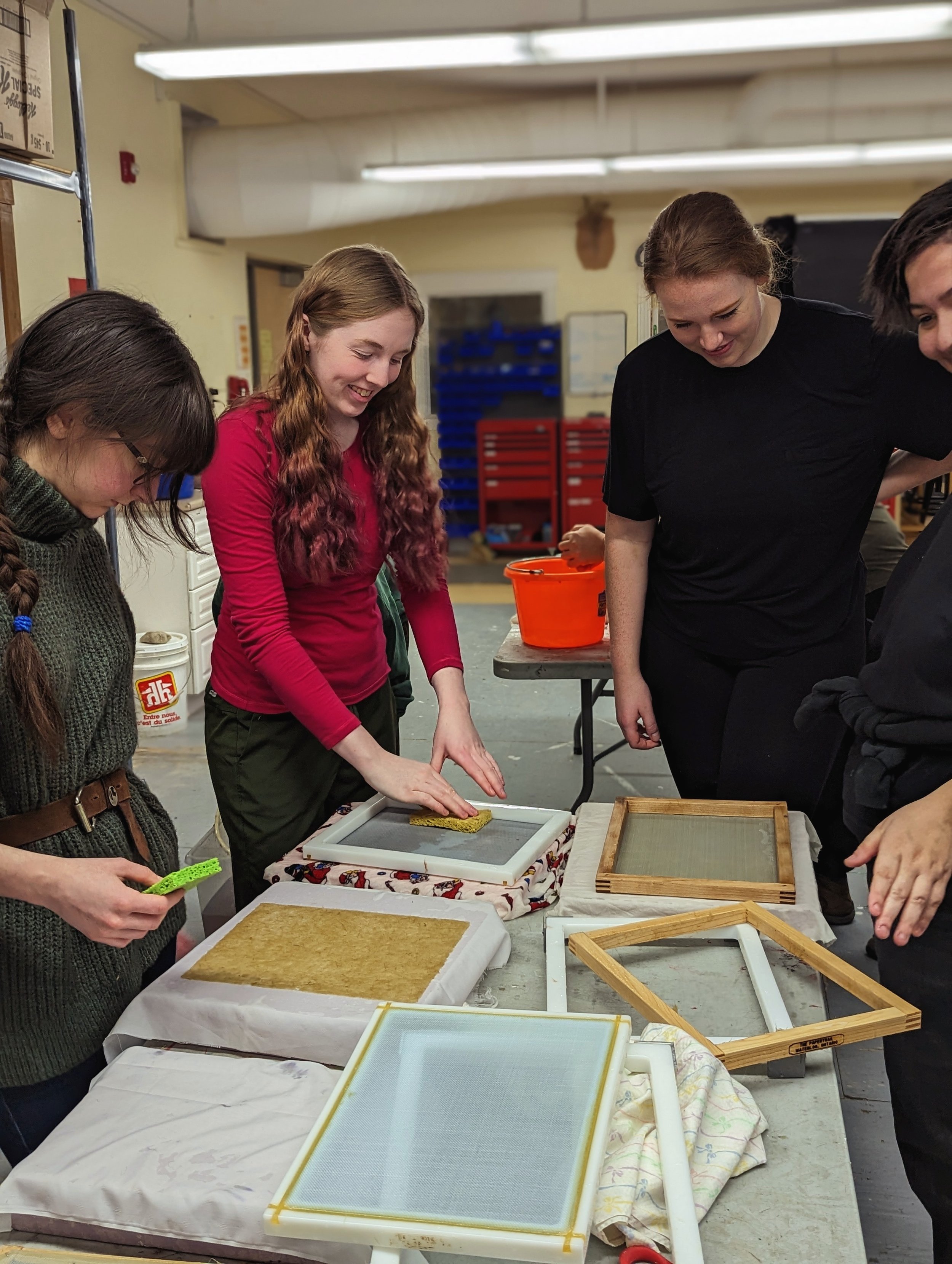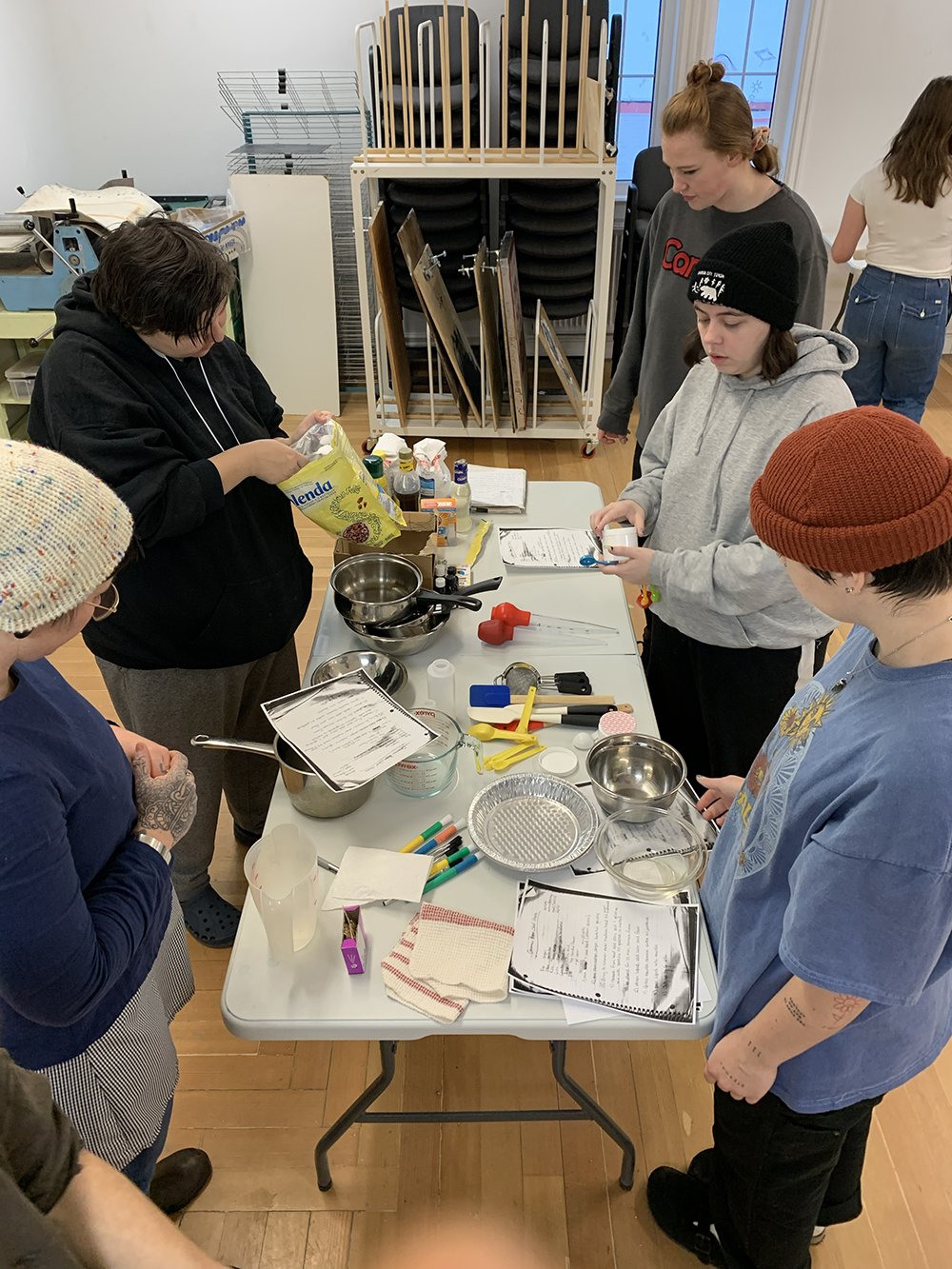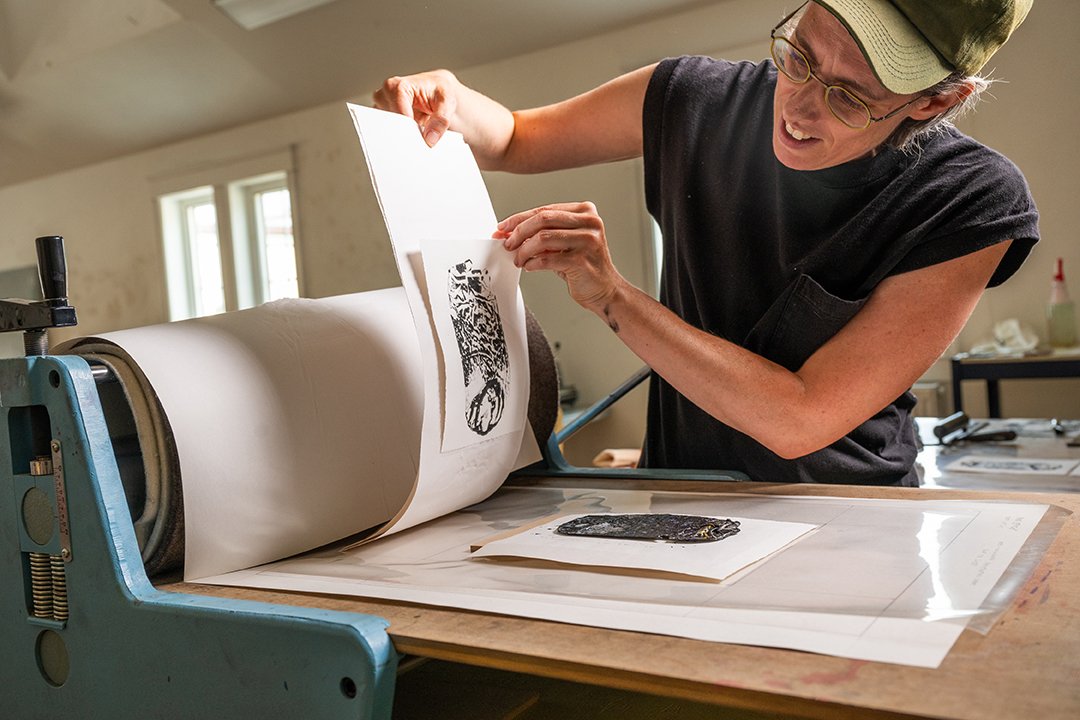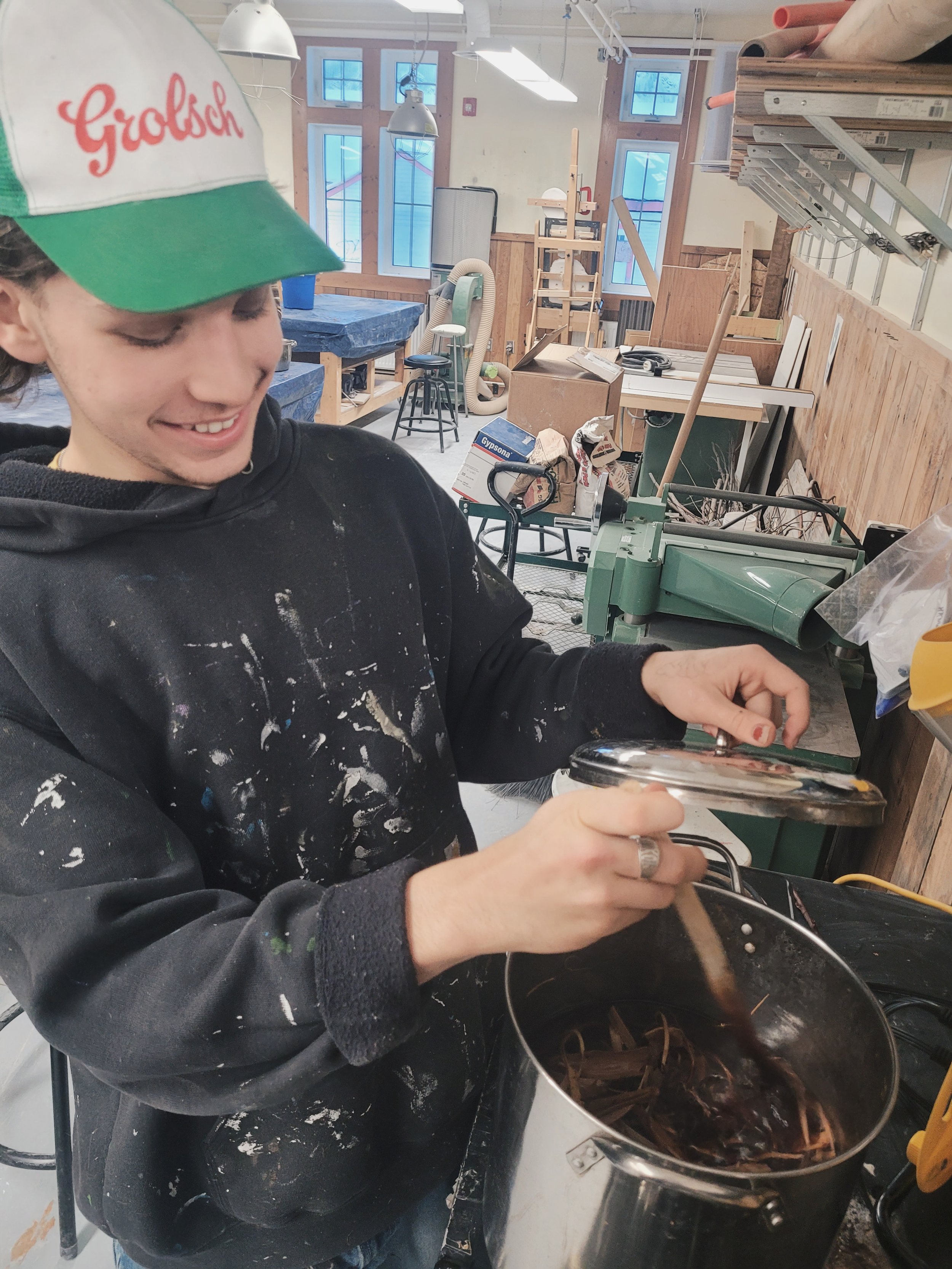YSOVA FOUNDATION YEAR PROGRAM
COURSE DESCRIPTIONS
FIRST SEMESTER COURSES
FIRST NATIONS CORE COMPETENCY
0 CREDITS (REQUIRED FOR VISUAL ARTS CERTIFICATE)
The Yukon is made up of the traditional territory of 14 First Nations. Each First Nation possesses both shared and individual heritage and culture, languages, and systems of governance. Whether you belong to a Yukon First Nation or not, the history of the Yukon, and the current day of Yukon First Nations, including the implementation of the land claims and self-government agreements, affect us all. To work towards this goal, Yukon University requires that all students achieve core competency in knowledge of Yukon First Nations.
YSOVA students typically take the TH 101 workshop during their first semester. TH 101 is an introductory exploration of the Tr'ondëk Hwëch’in community that touches on TH worldviews, values, history, and hopes for the future in order to understand, as our Elders would say, “why we are the way we are.”
If TH 101 is not available, YSOVA students are required to complete Yukon First Nations 101.
ENGLISH 120: READING, WRITING AND CREATING
3 Credits (LECTURE)
This undergraduate-level English course focuses on the development of academic writing skills, including an emphasis on the relationships between creative written language and visual practices. Instruction will be provided in research methods, critical reading, building a logical argument, and writing an academic essay. Through a diverse and intensive engagement with academic writing, and to a lesser extent creative writing, students will develop literacy skills that will support them as emerging professional artists. The course includes a research paper and a final exam.
Prerequisite
Admission to Yukon School of Visual Arts Foundation Year Program or permission of the instructor.
INTRO TO VISUAL STUDIES 101: HISTORICAL CONTEXT
3 CREDITS (LECTURE)
This lecture course provides a historical survey of global visual art practices and fosters a deeper understanding of key works that include drawings, prints, paintings, traditional objects, rituals, sculptures, and architectural structures. Lectures contextualize historical art works in relation to issues such as geography, colonialism, science and technology, religion, trade, philosophy, and politics. Attention is given to the canon of art history, marginal voices, and the geographical site of the course, and students are introduced to a research methodology appropriate to art practitioners.
Prerequisite
Admission to Yukon School of Visual Arts Foundation Year Program or permission of the instructor.
FOUR-DIMENSIONAL STUDIO 101: INTRO TO NEW AND TIME-BASED MEDIA
3 Credits (STUDIO)
The 4th dimension in artistic practices is typically seen as the dimension of time as an extension of the traditional three dimensions of height, breadth, and depth. In this course we investigate time through the mediums of video and performance. These explorations are undertaken through a series of projects exploring various concepts and techniques for the purpose of developing a foundation to a relevant, contemporary, artistic practice. The course will offer a broad exposure to contemporary art along with critical dialogue and historical context. Readings will assist in the creation of projects that express cultural perspectives that reflect on both the dominant and marginal media paradigms.
Prerequisite
Full-time studies require admission to Yukon University’s Applied Arts Division and SOVA Foundation Year. Part-time students may be admitted upon available space and with approval of the instructor.
THREE-DIMENSIONAL STUDIO 101: EXPLORING SCULPTURAL FORMS
3 CREDITS (STUDIO)
The focus of this studio is on exploring a diversity of traditional and contemporary materials, processes and techniques involved in producing 3 dimensional works. This will include materials such as clay, wax, rubber latex, plaster, wire, metal, wood, textiles and stone, as well as found natural and manufactured materials collected from the surrounding environment. Students will explore a variety of sculptural approaches such as additive, subtractive, modeling, casting and assemblage; & consider how to contextualize their work in various environments. There will be an emphasis on process-based studio assignments and individual explorations.
Prerequisite
Full-time studies require admission to Yukon University’s Applied Arts Division and SOVA Foundation Year. Part-time students may be admitted upon available space and with approval of the instructor.
TWO-DIMENSIONAL STUDIO 101: PRINCIPLES AND PRACTICES OF DRAWING
3 CREDITS (STUDIO)
While the focus of this studio is on drawing, a variety of associated concepts, techniques and media will be explored to provide an overview of 2D practices from a diversity of cultural perspectives. The course integrates the use of a variety of traditional and contemporary mark-making tools, mediums and surfaces, with an emphasis on experimentation. Line, form, composition, scale, pattern and texture in relation to overall design will be explored. Sketchbooks, life drawing, class work and assignments will promote the development of individual creative processes and will be reinforced through experimentation regarding concept, content, and style.
Prerequisite
Full-time studies require admission to Yukon University’s Applied Arts Division and SOVA Foundation Year. Part-time students may be admitted upon available space and with approval of the instructor.
SECOND SEMESTER COURSES
ENGLISH 121: PRINT & PUBLISHING
3 Credits (LECTURE)
This course combines creative writing exercises with printmaking, bookarts & binding. It explores the histories of artist books, posters, comics & editions. Hands-on learning and creative process is prioritized. Skills covered: Creative writing exercises, relief printmaking, bookarts & binding.
Prerequisite
Successful completion of English 120: Reading, Writing, Creating, or permission of the instructor.
INTRODUCTION TO VISUAL STUDIES 102: CONTEMPORARY IDEAS & CRITICAL CONTEXTS
3 CREDITS (LECTURE)
This course asks questions like, what is art for? Who is art for? What does art do? What makes something art? How does art make meaning? How does art function in the formation and understanding of culture? Of politics? Of identity? It doesn’t necessarily provide any answers.
Through weekly lectures, readings, writings, in-class assignments, and student-led research projects, we will do our best to find answers to some of these questions together by looking at the work of artists. This course will approach critical topics such as art as-cultural revitalization, activism, decolonial aesthetics, art institutions, and humour, from a place-based and situated perspective, acknowledging and respecting the long history of creative expression on what is contemporarily known as Tr’ondëk Hwëch’in Territory.
Prerequisite
Successful completion of Visual Studies 101 (fall term). Part-time students who have successfully completed Visual Studies 101 may be admitted upon available space, and after consultation with instructor.
FOUR-DIMENSIONAL STUDIO 102 : EXPERIMENTS IN NEW AND TIME-BASED MEDIA
3 CREDITS (STUDIO)
In this studio, students extend their 4D visual practices and refine their techniques and processes of documentation. Narrative, poetic, and abstract modes of expression are explored through experiments in time-based media – such as video and sound art.
Prerequisite
Successful completion of Four-Dimensional Studio 101 (fall term). Part-time students who have successfully completed Four-Dimensional studio 101 may be admitted upon available space, and after consultation with instructor.
THREE-DIMENSIONAL STUDIO 102: EXPLORING SCULPTURAL SPACE AND ENVIRONMENTS
3 CREDITS (STUDIO)
In this studio students extend their 3D practices by examining the relationships between viewer, object and environment from various perspectives. Awareness of the different ways in which 3 dimensional practices are informed by and shape both physical and cultural environments is deepened by an exploration of techniques such as textiles, installations, prosthetics, animatronics, toy hacking, kinetics, and off-site art. A combination of traditional and contemporary practices allows students to continue to experiment with a wide variety of media while increasing their understanding of their relationship to community & environment.
Prerequisite
Successful completion of 3 Dimensional Studio 101 (fall term). Part-time students who have successfully completed 3 Dimensional studio 101 may be admitted upon available space, and after consultation with instructor.
TWO-DIMENSIONAL STUDIO 102: PRINCIPLES AND PRACTICES OF DRAWING, COLLAGE AND PAINTING
3 CREDITS (STUDIO)
This studio extends students’ repertoire of mark-making techniques, mediums, and processes, while introducing the practices of collage, painting, and other image creation processes, such as old school animation techniques, paper-craft and book works. This allows for continued experimentation and exploration of a wide range of traditional and contemporary modes of expression. Developing a daily practice, through the maintenance of a sketchbook will be encouraged.
Prerequisite
Successful completion of 2 Dimensional Studio 101 (fall term) Part-time students who have successfully completed 2Dimensional Studio 101 may be admitted upon available space and after consultation with instructor.
MID-YEAR EXHIBITION OPEN HOUSE & GRADUATION EXHIBITION
YSOVA Foundation-Year students have two opportunities to showcase their work to the community while gaining hands-on experience in mounting an exhibition.
In December YSOVA opens its doors for the Mid-year Exhibition and Open House, with student works installed in the SOVA Gallery and throughout the school. In April, held at both the SOVA Gallery and offsite in the ODD Gallery at the Klondike Institute of Art & Culture, the Graduation Exhibition celebrates our students’ achievements from the past eight months.

